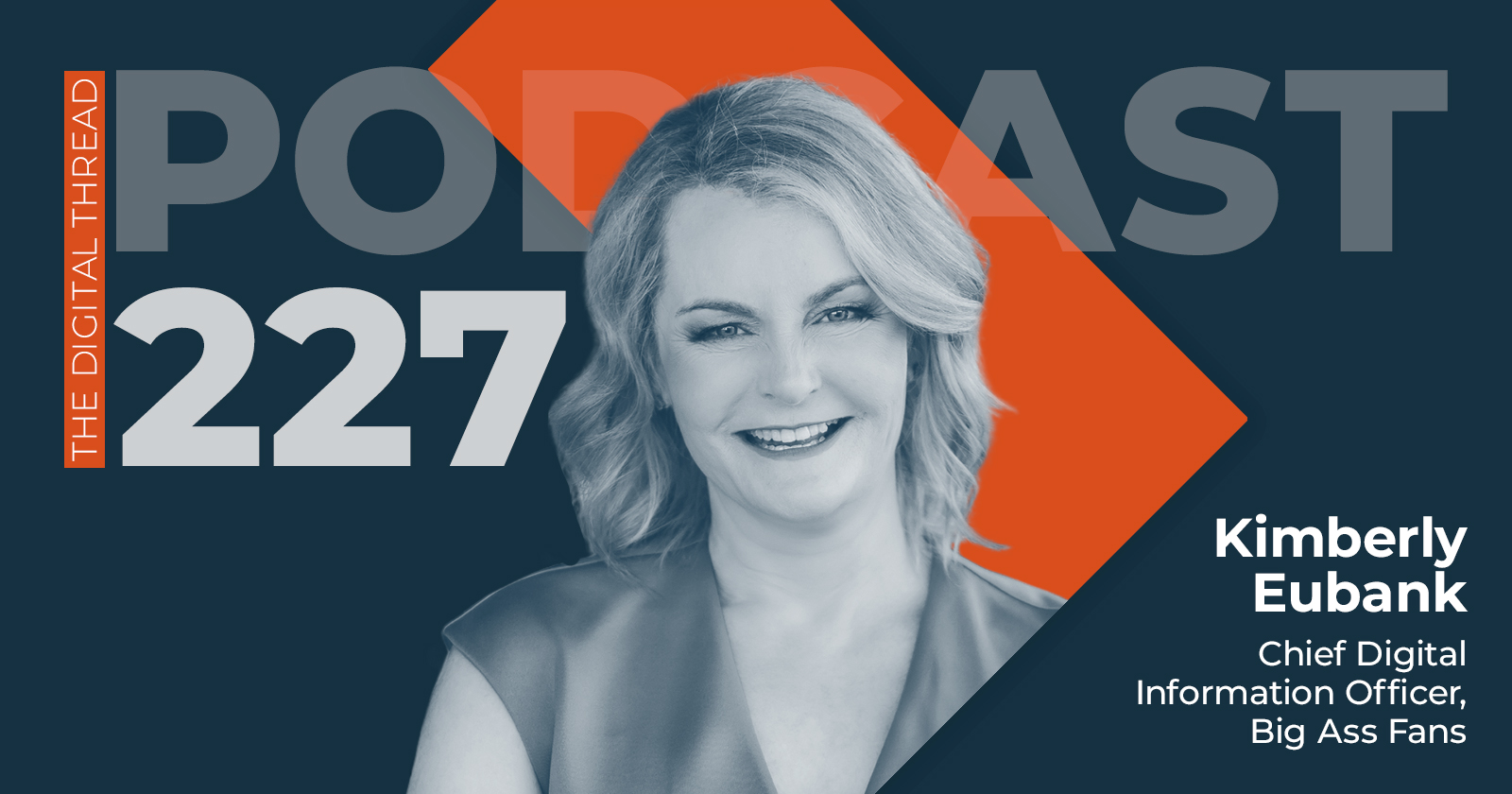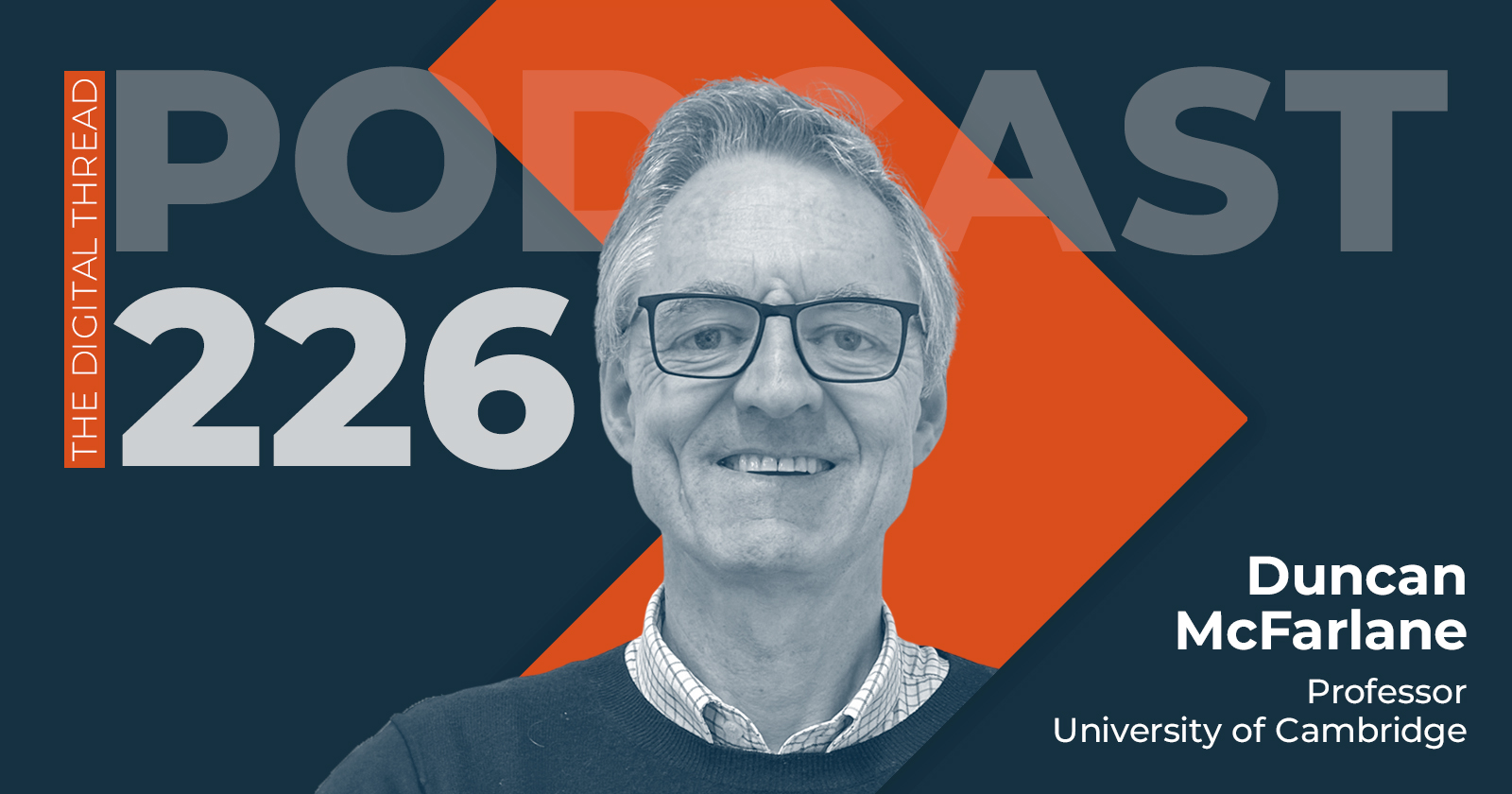Conversation with Markus Levin

Good day everyone, and welcome to another episode of our Momenta Podcast. This is Ed Maguire, Insights Partner at Momenta, and today we have a special guest, Co-founder and Head of Operations at XYO, Markus Levin. This is a really interesting company, I first encountered them a little over a year ago, they are working at the vanguard of applying blockchain analytics and IoT technologies, to create a new paradigm for intelligent location services. Well, I’ll let Marcus explain a little bit more, but I think what they’re doing is really innovative and thoughtful, and we’re thrilled to have you with us today. Markus, nice to speak with you.
Thank you, likewise.
So, first could you provide a bit of context around the business problem that you saw which had led you to found XYO, tell us a little bit about the background of the company.
The company has been around since 2012, it started in the location IoT space, with key finders, GPS trackers, and similar types of devices. After a few years they realized that there’s actually a big problem with location because it is really useful to have. On your mobile phone for example you can download a GPS booking app, or you can have other types of GPS booking systems. So, if you go into the world of tomorrow where you rely more on value to location like if you have automatic supply chains, tracker brakes for example, or economy of things with delivery and Uber, and other types of things, or even present to the future of smart cities in self-driving cars and drones, all these things that rely on verified location data, and nobody can provide that today. So, we realized there is a problem and we attempt to fix that.
Could you talk a bit about the technology and how your approach is different from some of the existing solutions that are out there?
We haven’t uncovered existing solutions yet, but we’ve created a thing between IoT devices, where two or more devices basically take a digital handshake when they encounter each other, and this encounter records on the blockchain. So, you create more and more interactions that then get handed off to our devices, which then get signed by the different devices which taps the data, so you have proof of origin where the data came from. This way you can start to create certainty around location. Similar to a mesh network where let’s say your phone is XYO enabled and you walk down a city block, and your phone interacts with other XYO enabled phones, XYO enabled smart parking meter, or the traffic light down the road, or smart bridge, and all of those devices verify each other’s relative proximity to each other, and this way we create a relative map. You can do that independent of satellite and underground for example.
This is a radically different approach to location intelligence, effectively your approach really takes advantage of some of these decentralized technologies, and distributed technologies that are in many respects somewhat relying on… I don’t want to use the term crowdsourcing, but broader adoption. Tell us a little bit about some of your initial implementations and some of the test cases that you’ve used, to prove out your concepts.
Let me start by saying again about the millions of devices, our own devices out there, and the key to what we do is update the existing infrastructure; so we update existing location enabled apps for example, so our SDK, or existing IoT type devices that I’ve just talked about. It depends on the use case, so say for example you want to do a payment upon delivery for Amazon Prime customers, then you can put it into the Amazon packaging tape a chip which then interacts with yours and your neighbors cell phone when it arrives on your doorstep or in your living room, your smart fridge, there is a parking meter down the road and so on. Then once the delivery is verified the payment to Amazon get triggered, and then from Amazon’s side it’s an advantage as well because they can avoid fraud and touchbacks, or in packaged stuff as well by being able to track the packagers.
So, you’re able to provide this very location-specific service that can be used as a foundational technology to provide that immutable record in a blockchain, that can click off payment and other types of applications.
Yes, exactly right. Let’s leave this computational layer, if you think about GPS, 15 years ago people used it for their navigation device and that was basically it, and if you were user smartphone today, every second app it seems is location enabled. It’s similar here that you build with layer of verified location data where you have certain types of certainties, so you can say, I’m 97 percent certain, that Ed stands in front of a certain ATM. Let’s say the admittance camera in front of the ATM has verified you as well, then you don’t need a card and a PIN anymore, you just tell the ATM how much money you want from it. Or, if let’s say you do restaurant reviews, or hotel reviews, and you can prove that you were at an office in the morning whilst you went to a certain restaurant for lunch and came back to the office and wrote a review about it, it would be location verified.
So, the applications are really endless, whether it be asset tracking and supply chains, or security, insurance, to review stuff, identity, it’s endless. I think XYO as a company we think about a lot of use cases but its more as a company, as an organization we interact with, which think about so many more use cases, thousands of use cases from within our community, and every day there are more. It’s similar to GPS basically in a way where the use cases are endless. Because everything we do happens in a geospatial setting, so if you tell your friend you ate at a certain restaurant, you want to say when it was, and if you say it’s 80oright now, it’s not relevant if you don’t provide location information together with that as well, so location is just a very important part of us.
You also have a really interesting model and approach, and as you have launched this Geomining kit, could you talk about the role that your tokens play in your offering and helping to build community, and talk a bit about the Geomining kit. I think that’s a lot different from what people in technology that aren’t necessarily familiar with blockchain are. Could you take a bit of time and explain how it works, and the role that the token in the token and the Geomining kit play in you helping you build your ecosystem?
Absolutely, our network comprises of four components, they are the sentinels which are data-verification devices like Bluetooth speakers for example, and other types of IoT hardware. Then there are the bridges which are devices which relay that data, which could be your router, or your computer, or your cellphone, anything that connects to the internet. Then you have the archivists which are devices which store and process some of the data which could be your computer, so you could say you dedicate five percent of your processing to storing data, and then you have the definers which are algorithms which crams the data and tries to find the best answer to a given question, and all these four components are rewarded with XYO in the network. So, we incentivize them to do certain things, for example data or location verification, and the more devices you have in an area if you ask the same amount of questions for example, then every device earns less XYO, but if you’re new to our network and you put up some IoT devices which are in our Geomining kit, if you put them up in a place where you don’t have a lot of IoT connected to the XYO Network yet, you’re likely to earn more XYO, it’s the data.
So, what we do with the XYO is, it incentivizes spread of those IoT devices, and to basically build-up our network. So, inside the Geomining kit you find eight sentinels which are those data verification devices which are small Bluetooth speakers, and you have a bridge which is a device which relays the data, you sell those devices because you want to increase the spread of our network. And with the Geomining kit you speak to smaller enterprises, and to individual customers, and we also work on enterprise kits. Enterprise kits are more like an IoT in the box-type solution where you can have say 80 sentinels for your large warehouse, and three bridges, and we will provide other sentinels as well which provide other heuristics, besides location. Location was our awareness moment, a little bit like the book was to Amazon, because everything happens in this Geospatial world.
The other heuristics are much less relevant, so if you speak about temperature in supply chains for example, it’s very important that you are able to verify that the ice cream truck’s AC was on the entire night for example, it was not switched off in the night to save some money, because it might just spoil the ice cream. So, we are going to provide kits with other types of sensory data for different types of use cases.
Is there a lot of specialization that’s needed on the hardware side? How difficult is it say for a small business or a company that may be in supply chain, or you might have a trucking company; how different will the hardware requirements be for someone that wants to use your solution?
Right now I would think moderately, you go through – which I think most companies go through, we’re standardizing our operations, so right now it’s a little more hands-on if you implement us. So, if you just implement us into your mobile app it’s very easy, you can just download our STK which you find on GIDApp, implement it into the mobile app, and they you will have an XYO-enabled mobile app, that easy. For IoT devices, it depends a little bit on which chip set you answer to, if you’re on a dialogue chipset its fairly easy, but there’s still some handholding required from our side. We have a number of partners on the supply chain side, and there’s one of them in the implementation phase right now. We have a few engineers on our side working with, but it’s not much different than most other enterprise implementations.
What about the industries that you’re finding at least most receptive to your technology? Are there any specific industries, or types of use cases where you’re finding the most active interest?
So blockchain is definitely one of them, because today’s blockchain solutions it’s difficult to automate them and to trust them, so either you trust the GPS advisor or you don’t, with our technology you can say, ‘I’m 98 percent certain that the container/box made it to my warehouse’, and you do this in a decentralized way, so, if one device is faulty data, someone tries to lie, our network should overcome that rapidly, and there’s a lot of interest in the supply chain industry. Also, it requires no paper, and it’s basically seamless once it’s implemented, so it’s a change I think for supply chain industry. Smart cities, we have a lot of interest on that side, we are talking with a number of cities, we have a partner in China called CS Smart City which works at the China Academy of Sciences, and we are implementing mart city solutions because smart cities have a problem that they get data from a lot of different sources, like smart traffic lights which is from a different manufacturer maybe than your smart parking meters, and your gun smart centers and so on, so they don’t talk with each other.
With our technology you can first verify the data, then structure it so it becomes easier to query for the city and for its services, like the police but also for the public. Then you can also have proof of origin, and the witness data attached to it, so you can say this data came from a certain source, and you can follow it back and nobody has tampered with it, it doesn’t matter in whose databases it is at a later point.
When you envision success for a network as you look forward, I would love to get a bit of a sense of what your customers can see down the road, as the business matures and as the network grows.
Our customers want more efficiency, lower costs, and new opportunities, and we’ve provided it in a very augmented manner, because once implemented everything we do is very low touch, so once you have it implemented in your supply chain it’s very easy. For us the goal is to increase the size of our network, so we won’t have billions of devices out there. You partner with more and more IoT partners let’s say, so you might be a company which is in a supply chain, and XYO enable all your trucks and warehouses let’s say; these are XYO enabled devices, and are part of the XYO Network, so they will do other verifications as well which are useful to other companies and individuals in our network, and because of that you basically create a greater network, and for everybody its useful, so the more devices the better for us.
And a final question which is the perception of blockchain has gone through a lots of ups and downs in the market, but I’d love to get your sense of how the market is responding, and how much education you still need to do to evangelize the benefits of using blockchain solutions; how are you finding the market interest and market reception for solutions such as yours?
That’s a really great question Ed, because there’s a distinct difference between blockchain and cryptocurrencies, so with enterprises they often don’t care about cryptocurrencies, and that’s perfectly fine. If you work with us for example in enterprise, if you don’t want to deal with the XYO part you just pay a fee and just connect to an API, and then you’re underway. For an enterprise blockchain has no relevance, but what’s relevant with enterprise is the solution we provide, that you will have a dataset that you can trust. For some engineers it’s now relevant that it’s blockchain powered, and for some other people it might not be, and that’s perfectly fine because what really matters is the solution you are able to provide. Similar to GPS, in GPS nobody really cares that its satellite power, what they really care about is the beautiful accuracy GPS provides to you, that you can order Uber to the office let’s say.
I think we agree, and at Momenta we’ve got folks onboard as part of a team that have done some deep dive work in blockchain, and I think we’re all believers in the potential moving forward, there’s this incredible trinity of the combination of blockchain, AI or data analytics, and IoT devices creates enormous opportunities for innovation. So, we’re very excited about it, and it’s great to hear that companies like XYO are still pushing the envelope and creating a lot of innovations.
Again Markus Levin, I want to thank you for taking the time, I really appreciate you sharing your thoughts and insights in the company. And again, this has been Ed Maguire Insights Partner at Momenta Partners and thank you once again Markus for joining us.
Thank you, Ed.
[End]



